What is an amorphous alloy transformer?
Are you tired of high energy bills and inefficient power distribution? The solution might be closer than you think.
An amorphous alloy transformer is a highly efficient electrical device that uses cores made from amorphous metal alloys instead of traditional crystalline materials. It offers significant energy savings and improved performance in power distribution systems.
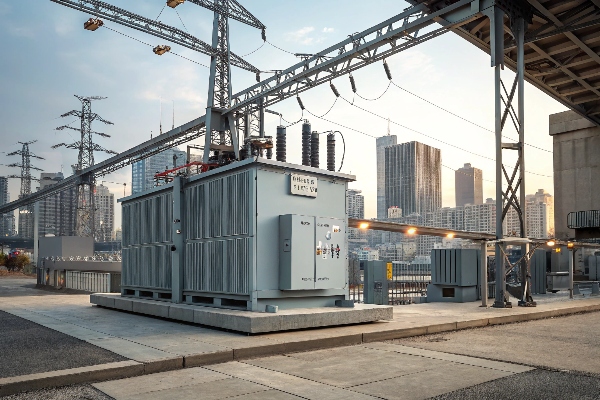
Let’s dive deeper into this innovative technology and explore how it’s changing the landscape of power distribution.
What is the amorphous transformer?
Have you ever wondered how we could make our power systems more efficient? The answer might lie in amorphous transformers.
An amorphous transformer is a type of electrical transformer that uses a core made of amorphous metal alloys. These transformers are known for their high efficiency and low energy losses compared to traditional transformers.
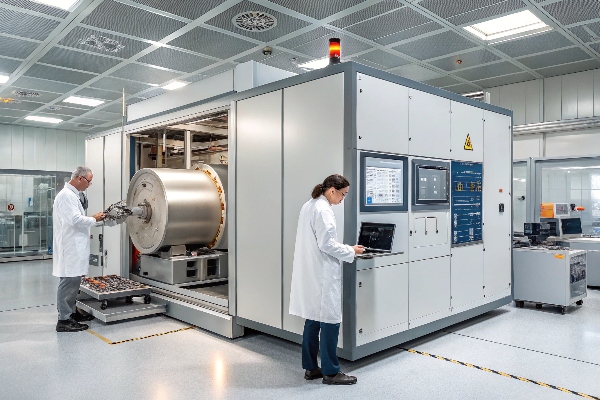
Key Features of Amorphous Transformers
Amorphous transformers have several unique features that set them apart from conventional transformers:
- Core Material: The core is made of amorphous metal alloys, which have a disordered atomic structure.
- Energy Efficiency: They have 40-70% lower core losses compared to traditional silicon steel transformers.
- Magnetic Properties: Amorphous alloys have excellent magnetic properties, particularly low hysteresis and eddy current losses.
Applications of Amorphous Transformers
Amorphous transformers are widely used in various applications:
| Application | Benefit |
|---|---|
| Distribution Transformers | Reduced energy losses in power distribution networks |
| Power Transformers | Improved efficiency in power transmission |
| Current Transformers | Enhanced accuracy in current measurement |
Advantages Over Traditional Transformers
In my experience working with various transformer types, I’ve found that amorphous transformers offer several advantages:
- Energy Savings: The reduced core losses translate to significant energy savings over the transformer’s lifetime.
- Environmental Impact: Lower energy consumption means reduced carbon emissions.
- Noise Reduction: Amorphous cores typically produce less noise during operation.
- Compact Size: Despite their high efficiency, these transformers can be designed to be more compact.
What is amorphous alloy?
Have you ever heard of a metal that’s not quite solid and not quite liquid? That’s the fascinating world of amorphous alloys.
An amorphous alloy is a metallic material with a disordered atomic-scale structure. Unlike crystalline alloys, amorphous alloys don’t have a regular, repeating arrangement of atoms, giving them unique properties.
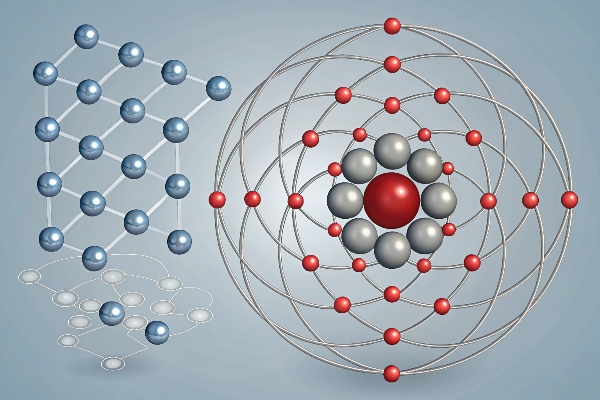
Structure of Amorphous Alloys
To understand amorphous alloys, we need to look at their structure:
- Atomic Arrangement: In amorphous alloys, atoms are arranged randomly, similar to the structure of glass.
- Rapid Cooling: They are formed by rapidly cooling molten metal, preventing the atoms from arranging into a crystalline structure.
- Metastable State: Amorphous alloys are in a metastable state, meaning they can crystallize under certain conditions.
Properties of Amorphous Alloys
Amorphous alloys have several unique properties that make them valuable in various applications:
| Property | Description |
|---|---|
| Magnetic Properties | Low coercivity and high permeability |
| Mechanical Strength | High strength and hardness |
| Corrosion Resistance | Excellent resistance to chemical corrosion |
| Electrical Properties | High electrical resistivity |
Applications of Amorphous Alloys
In my work with electrical equipment, I’ve seen amorphous alloys used in various applications:
- Transformer Cores: As we’ve discussed, they’re excellent for reducing energy losses.
- Magnetic Sensors: Their unique magnetic properties make them ideal for sensitive magnetic sensors.
- Sporting Goods: Some high-end golf club heads use amorphous alloys for their strength and elasticity.
- Electronic Devices: They’re used in some electronic components for their magnetic and electrical properties.
What are the downsides of using amorphous metal?
While amorphous metals offer many benefits, it’s important to consider their limitations. Are they truly a perfect solution?
Despite their advantages, amorphous metals have some drawbacks. These include higher production costs, limitations in size and shape, potential for crystallization over time, and challenges in machining and joining.
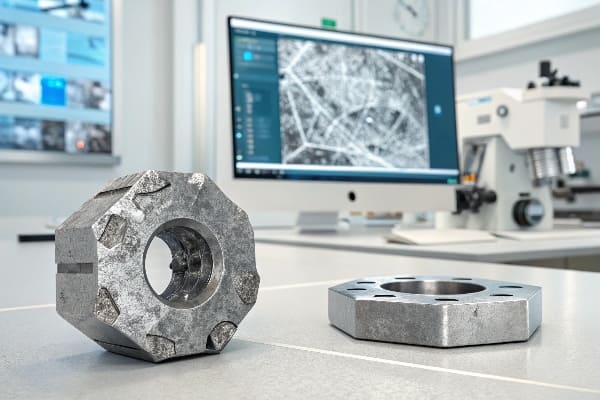
Production Challenges
From my experience in the transformer industry, I’ve observed several challenges in working with amorphous metals:
- Cost: The production process for amorphous metals is more complex and expensive than for traditional crystalline metals.
- Size Limitations: It’s difficult to produce large pieces of amorphous metal, which can limit their applications.
- Shape Restrictions: The rapid cooling required to form amorphous metals limits the shapes that can be produced.
Material Properties Concerns
While amorphous metals have many beneficial properties, they also have some drawbacks:
| Property | Concern |
|---|---|
| Thermal Stability | May crystallize at high temperatures |
| Brittleness | Can be more brittle than crystalline counterparts |
| Magnetic Saturation | Lower magnetic saturation than some crystalline materials |
Processing Difficulties
Working with amorphous metals presents several challenges:
- Machining: Amorphous metals are often harder and more brittle than crystalline metals, making them difficult to machine.
- Joining: Traditional welding techniques can cause crystallization, so special joining methods are often required.
- Heat Treatment: Heat treatment, often used to modify the properties of crystalline metals, can cause amorphous metals to crystallize.
Economic Considerations
In my dealings with clients, I’ve found that the economic aspects of amorphous metals can be a significant concern:
- Initial Cost: The higher production cost of amorphous metals often translates to a higher initial cost for equipment like transformers.
- Long-term Savings: While the initial cost is higher, the energy savings over time can offset this. However, this requires a long-term perspective that not all customers have.
- Market Acceptance: Despite their benefits, some industries are slow to adopt new technologies, preferring tried-and-tested crystalline materials.
What alloy is used in transformers?
When it comes to transformers, the choice of alloy can make a big difference in performance. So, what’s the best option?
Transformers typically use silicon steel (also known as electrical steel) for their cores. However, amorphous metal alloys, usually iron-based with additions of elements like boron, silicon, and phosphorus, are increasingly used for their superior magnetic properties.
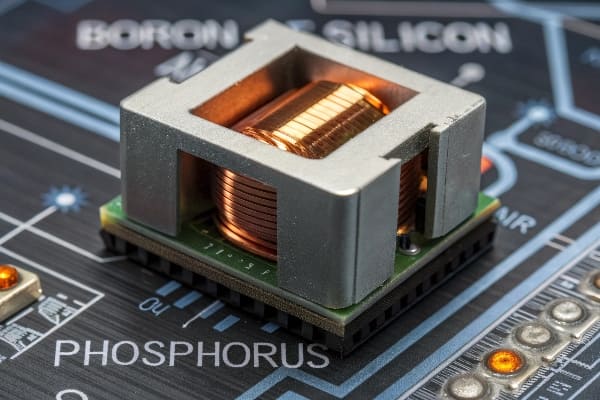
Traditional Transformer Alloys
In my years of experience in the transformer industry, I’ve worked with various alloys:
- Silicon Steel: This is the most common alloy used in transformer cores. It’s an iron alloy with silicon content typically ranging from 3% to 6.5%.
- Grain-Oriented Silicon Steel: This is a specialized type of silicon steel with grains aligned in the rolling direction, offering better magnetic properties in that direction.
- Non-Oriented Silicon Steel: This type has more uniform magnetic properties in all directions, making it suitable for rotating electrical machines.
Amorphous Alloys for Transformers
More recently, I’ve seen a shift towards amorphous alloys in transformer cores:
| Alloy Composition | Advantages |
|---|---|
| Fe-B-Si | High magnetic permeability, low core losses |
| Fe-B-Si-C | Improved thermal stability |
| Fe-B-P | Enhanced glass-forming ability |
Comparison of Transformer Alloys
Let’s compare the properties of traditional and amorphous alloys:
- Core Losses: Amorphous alloys typically have 70-80% lower core losses than conventional silicon steel.
- Saturation Induction: Silicon steel generally has higher saturation induction, allowing for smaller core sizes.
- Cost: Amorphous alloys are more expensive to produce but can lead to energy savings over time.
- Manufacturability: Silicon steel is easier to work with in terms of cutting, stacking, and assembling transformer cores.
Future Trends in Transformer Alloys
Based on my observations of industry trends, I believe we’ll see:
- Continued Development: Ongoing research into new amorphous alloy compositions with even better magnetic properties.
- Hybrid Designs: Some manufacturers are exploring cores that combine amorphous and nanocrystalline materials to optimize performance.
- Improved Manufacturing: Advancements in production techniques for amorphous alloys, potentially reducing costs and expanding their use.
Conclusion
Amorphous alloy transformers represent a significant advancement in energy efficiency. While they face some challenges, their benefits in energy savings and environmental impact make them a promising technology for the future of power distribution.
Free CHBEB Transformer Catalog Download
Get the full range of CHBEB transformers in one catalog.
Includes oil-immersed, dry-type, pad-mounted, and custom solutions.
Quick Message
Request A free quote
We'd like to work with you
- +86 15558785111
- [email protected]
- +86 15558785111
What We Do
CHINA BEI ER BIAN (CHBEB) GROUP, with 218 million in registered capital, originated from Beijing Beierbian Transformer Group. Headquartered in Beijing for R&D, it operates major production bases in Nanjing and Yueqing, producing high-quality products.
Latest Product
address
BeiJing
No 3,RongJing East Road,BeiJing Economic Technological Development Area,BeiJing,China
JiangSu
No 7️Xiangfeng Road,Jiangning,NanJing,JiangSu,China
WenZhou
No.211, Wei 16 Road, Industrial Zone, Yueqing, Wenzhou, Zhejiang, China.
XiangYang Industrial Zone ,YueQing,WenZhou,ZheJiang,China
contact us
- [email protected]
- +86 13057780111
- +86 13057780111
- +86 15558785111
Copyright © Bei Er Bian Group


